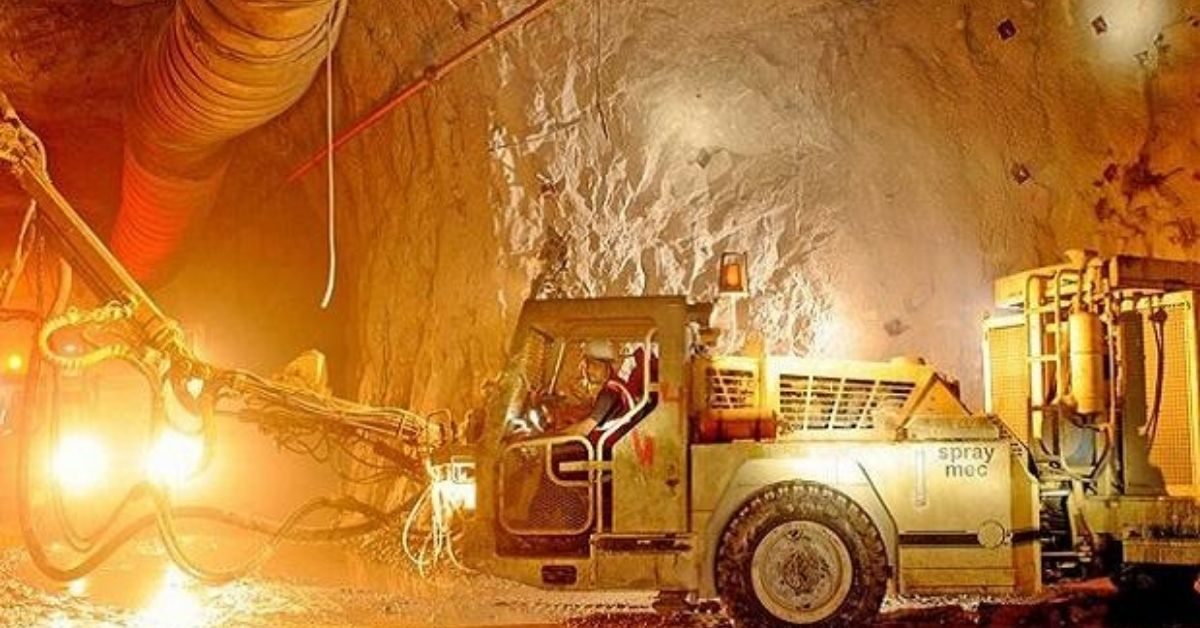Hindustan Zinc, one of world’s largest zinc producers, has had to rework its export strategy amid rising port logistics cost due to unreliable shipping schedules even as the company saw record-high earnings before interest, taxes, depreciation and amortisation (EBITDA) in April-September.
“European producers have cut production due to high energy costs. But with freights having shot up due to container shortage leading to unreliable shipping schedules, we are not able to serve those markets. We want to serve that market but logistics is allowing us,” Arun Misra, chief executive officer of Hindustan Zinc told Business Standard.
The company, however, has chosen alternatives such as Nepal, South East Asia and Bangladesh which are neighbouring markets that are more reliable.
The company reported a record-high April-September EBITDA at Rs 6,890 crore, up 51 per cent from the same period last year. In the September quarter, the company’s EBITDA stood at Rs 3,332 crore, up 13 per cent from the same period last year but down 6 per cent sequentially.
The company’s topline stood at Rs 5,958 crore in September quarter, up 7.6 per cent from the same period last year, while net profit was at Rs 2,017 crore, up 4 per cent on a year-on-year basis.
Another area where high logistics hurt the company was the mine production.

“Logistics issues did hurt us as far as supply chains are concerned. We had ordered spares and equipment in the beginning of Q1FY22 and were anticipating it by the end of the same quarter. This however has gotten shifted to Q3 to early Q4 FY22. This has resulted in lower mine development and lower production compared to our business plan. So to that extent, our production next year in the first quarter (Q1FY23) will be far better than what we have done this fiscal (FY22),” said Misra.
With regard to margin sustainability, Misra said that the current London Metal Exchange (LME) prices of zinc are too high but margin sustainability is possible with prices hovering between $2,800-3,000 per tonne. Currently, LME zinc prices are at around $3,200 per tonne.
Alongside, at one end where Hindustan Zinc’s parent company Vedanta Limited is grappling for thermal coal to keep its aluminium smelters in production, the former remain unperturbed amid the coal shortage issue.
“We have ensured that our supply agreements for coal are in place until March FY23. Our domestic coal consumption is small and nearly 75 per cent of our consumption is imported,” said Misra.
Of the total cost of production of zinc, which was $1,096 per tonne in September quarter, usually coal cost accounts for about 22 per cent. Unlike aluminium, zinc production does not require huge quantities of coal and it is the cost of coal and not the volume which is crucial for the zinc producer.
Source : Business Standard






